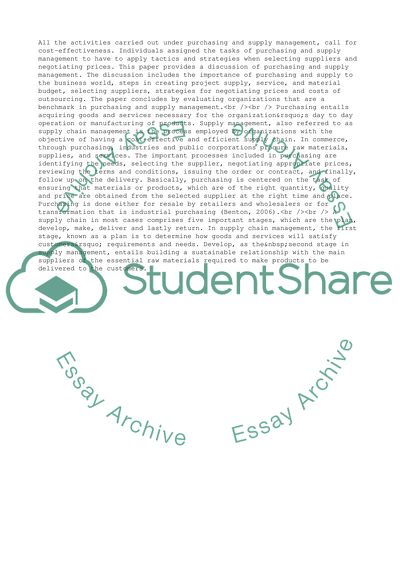Cite this document
(A Discussion of Purchasing and Supply Management Case Study, n.d.)
A Discussion of Purchasing and Supply Management Case Study. Retrieved from https://studentshare.org/business/1583971-a-the-definition-of-purchasing-and-supply-management-and-the-importance-to-the-business-world
A Discussion of Purchasing and Supply Management Case Study. Retrieved from https://studentshare.org/business/1583971-a-the-definition-of-purchasing-and-supply-management-and-the-importance-to-the-business-world
(A Discussion of Purchasing and Supply Management Case Study)
A Discussion of Purchasing and Supply Management Case Study. https://studentshare.org/business/1583971-a-the-definition-of-purchasing-and-supply-management-and-the-importance-to-the-business-world.
A Discussion of Purchasing and Supply Management Case Study. https://studentshare.org/business/1583971-a-the-definition-of-purchasing-and-supply-management-and-the-importance-to-the-business-world.
“A Discussion of Purchasing and Supply Management Case Study”. https://studentshare.org/business/1583971-a-the-definition-of-purchasing-and-supply-management-and-the-importance-to-the-business-world.


